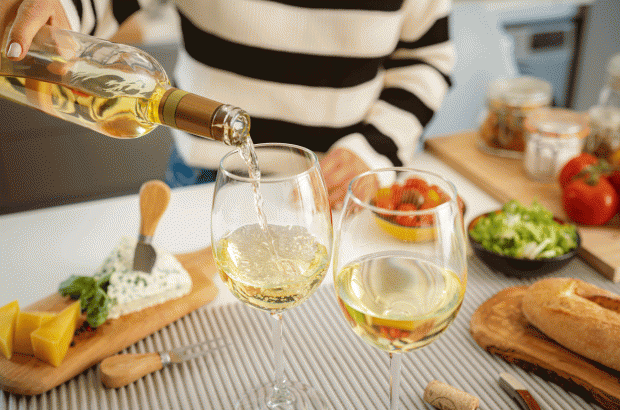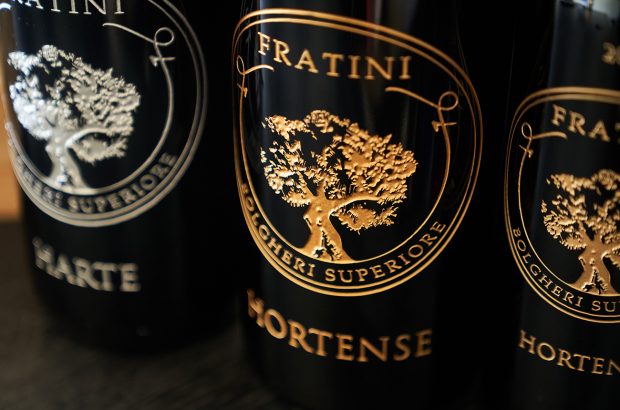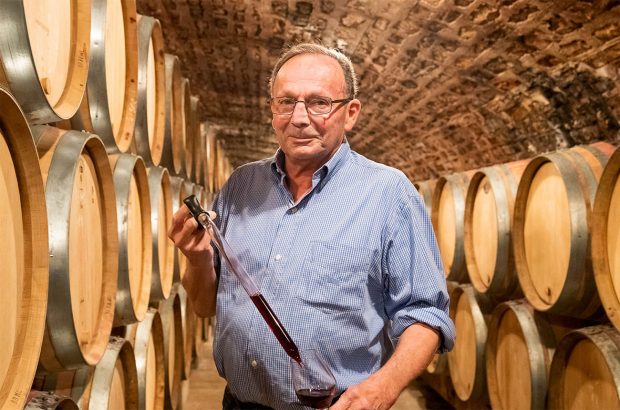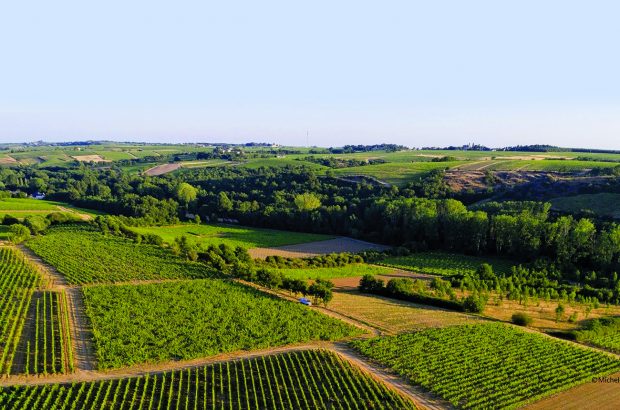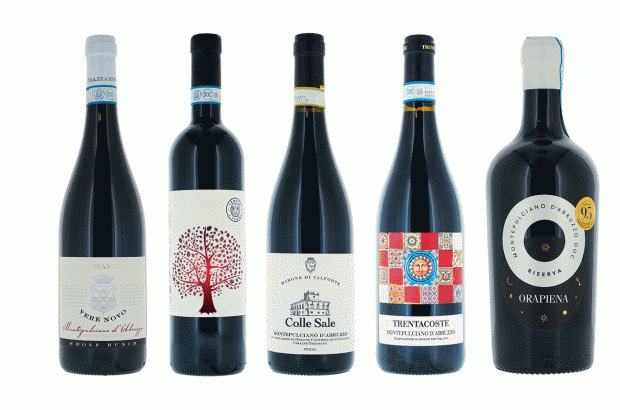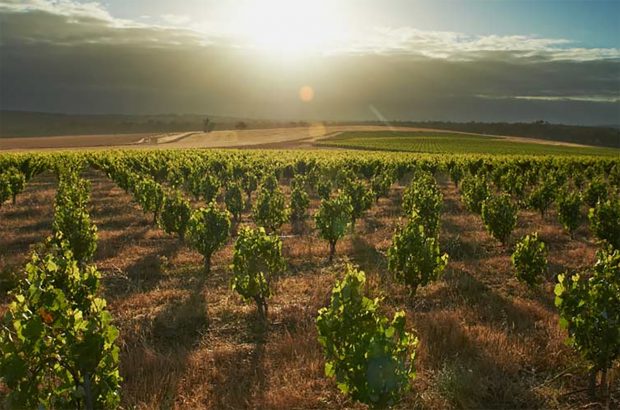Fête des Vignerons
Things move slowly in Switzerland. The last winegrowers’ festival held in Vevey took place 22 years ago, and another quarter-century will pass before they present these festivities again. This Fête des Vignerons was first organised in 1783. Given the cost and complexity of the fair, it’s not surprising that it takes over 10 years to recover from it, and at least 10 more to prepare for the next one.Wine fairs are common throughout Europe, where every wine-producing village needs little excuse for an annual street party. The Vevey festival is different, and not only because it hardly ever takes place. It is intended to honour the vigneron, the vineyard managers or workers who, in the opinion of the inspectors who rove the vineyards of the Vaud, have best tended their vines. Five supreme vignerons are selected and ‘crowned’ in the town. The quality of the wine has nothing to do with the award; instead it’s the quality of the viticultural practice, though one hopes the two are related.
Each celebration seeks to outdo its predecessors. There were 3,000 participants in the Fête’s pageant in 1977. In 1999, 4,600 people – all amateur performers from the region – clad in fanciful and colourful costumes, filled a vast open-air plaza on the shores of Lake Geneva. For two weeks in August they presented their show almost every night to an audience of 18,000, packed into steep stands. And when the three-hour musical flagged, one could always gaze out over the lake onto the gorgeous backdrop of mountains.
Don’t ask about the plot of the pageant. It centred round the invented character of Arlevin (a dissolute cousin of Harlequin) and his adventures, aspirations and dreams. Attached to this frail thread were endless opportunities for parades, swarms of children in pretty costumes, troupes of blue-dyed sheep and bell-swinging Alpine cows. The set pieces came off best, as when the vignerons did battle with hail, the climatic threat represented by a helicopter whirring in across the lake, bucking and swooping as it took evasive action against crackling musket-fire. And it was hard to resist the harvesting scene, when the vines were represented by hundreds of children clad in lime-green smocks and lined up in tiers along the sloping stage. There was also a Bacchanalian orgy scene, but somehow I missed it.The vignerons were certainly en fête, but what of the wine? I have often visited the Vaud region – sprawled against the steep northern shore of Lake Geneva – and puzzled over its wines. The setting is ravishing, the vineyards are steep and carefully tended, yet the wines are so dull. Growers, as they poured me a glass of wine, would announce with pride: ‘The Chasselas from the Vaud is the greatest in the world!’ Undoubtedly true, but it seemed rather like standing in Grimsby and being told their fish fingers were the best you could buy. It does beg a question.
Chasselas makes a perfectly agreeable wine: lightly aromatic, faintly mineral, with an attractive fruity attack. With very rare exceptions, its flavours are fleeting. It is a quaffing wine, a wine with no pretensions. And yet here in the Vaud it suffers from la folie des grandeurs.I have worked hard at Chasselas. On a previous visit to the Vaud, I spent hours with a leading authority on Swiss wines at the renowned firm of Testuz, comparing the different terroirs. On two visits to Frères Dubois I repeated the exercise. I acknowledge that the wine from Dézaley is more distinguished than most, with a tangier mineral quality, and a good stab at length of flavour. I like the delicacy of a Saint-Saphorin, the weightiness of an Epesses. But nothing has persuaded me that Chasselas is a noble grape, and the vast majority of the wines produced lack distinction and interest.
What, I wondered, happened all those centuries ago when Chasselas triumphed on the slopes of the Vaud as the grape of choice? What historical accident put a second-rate vine on a first-rate site? By now, of course, the Swiss have become victims of their revered tradition. To suggest getting rid of it all and planting something more interesting would be considered deeply insulting. But when at the cooperative at Corseaux, having yawned through a few bottlings of Chasselas, I was offered a taste of Pinot Gris, I was amazed to find the wine delicious: crisp and vibrant, all the things that Chasselas isn’t.On the vine-laden slopes behind the city of Geneva there’s Chasselas too, but it doesn’t seem to have the same preservation order imposed on it. At Domaine Les Perrières in Peissy, Brigitte Rochaix poured me her Chasselas, but followed it with a bracing Aligoté, a rich Pinot Blanc, and a nutty unoaked Chardonnay that proved much more enjoyable than the same wine swathed in oak. The whites tend to be better than the reds. Despite Brigitte Rochaix’s insistence that Swiss rosés are – wait for it – the best in the world, I found them pleasant and sound but unmemorable. The Pinot Noir was enjoyable but lacking in complexity.It’s in the Valais – southwest of Lake Geneva – that Swiss wine does become truly interesting. Here patches of terraced vines cling for their life to steep rocky cliffs. The Valais nurtures all manner of indigenous varieties, not all of which live up to their billing. Humagne Rouge, despite its wonderful name, has always struck me as rustic. It needs more age, say the growers as they pour a youthful example, but it seems probable that age will simply turn it into an elderly rustic. But Cornalin has vigour, swagger and character.
The white Petite Arvine can be honeyed and plump, and the Amigne is often delicious. There are only 20 hectares (ha) of Amigne planted anywhere, and 15 of them are in the village of Vétroz. So hurry while vine-stocks last. The 1998 I tasted from Germanier was a touch sweet, but had a lovely exotic fruitiness. Amigne is also the basis of some late-harvested wines, which are a local speciality. ‘Mitis’ from Germanier – aged in new oak for 12 months – is a splendid wine of considerable concentration and elegance, with a powerful savour of apricots. Other grapes are used for late-harvest wines too: Malvoisie (ie, Pinot Gris), Ermitage (ie, Marsanne) and Johannisberg (ie, Silvaner). The Mont d’Or winery produces a large range of these, of which the Malvoisie is the best. Yet here too I must confess to some disappointment. Many of these sweet wines are quite flabby. Yields are clearly too high, and acidity is distinctly low.
If Humagne is a lumbering mouthful of wine and Dôle a bore (a blend of dilute Pinot Noir and Gamay), the same can’t be said about Syrah from the Valais. If any red grape has potential here, it has to be Syrah. Germanier, like many other producers, takes it seriously, punching down the cap during fermentation, and ageing the wine in about 40% new oak. The results in 1996 are delicious: rich and silky on the palate, and reeking of black fruit. Not a wine with enormous structure, but excellent for drinking over the next few years.This Syrah was cropped at 40hl/ha, a reasonable yield. But most yields in Switzerland are much higher, and this is surely why so many of the wines are insipid. In the Vaud the maximum yield for Chasselas is 112hl/ha. Although most growers harvest considerably less, the crop is still very generous. I don’t know whether a Chasselas grown to produce 40 or 50hl/ha would be a huge improvement on the more typical ones cropped twice as high, but yields of 80–90hl/ha do help explain why the wine so often fails to make any impression on the palate: a sip, a brief crackle of fruit, and then it’s gone.
Switzerland is capable of making great wine – as the occasional Pinot Noir, Syrah, Petite Arvine, late-harvest wines and blends from the Valais make clear – but the strength of local demand (a bare one percent leaves the country) may have sustained a certain complacency. Descending into a Vevey wine cellar to quench a serious thirst after the Fête, I found about 200 revellers all drinking Chasselas. The Swiss clearly adore the stuff, just as they seem to relish their insipid Dôle, but seen from an international perspective it is harder to get excited.





